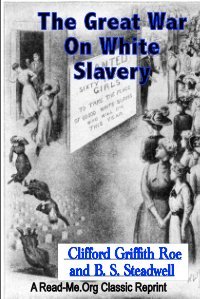By Brantz Mayer, Introduction by Colin Heston
Full Title: Captain Canot; or, Twenty Years of an African Slaver: Being an Account of His Career and Adventures on the Coast, in the Interior, on Shipboard, and in the West Indies, Written Out and Edited from the Captain’s Journals, Memoranda and Conversations.
This riveting account of the 19th century slave trade delves into the life and adventures of Theodore Canot, a notorious figure in the transatlantic slave trade. Through Mayer's meticulous writing, based on Canot's own journals and conversations, readers are taken on a journey across the African coast, the interior, and the treacherous seas. Experience the raw and unfiltered reality of the 19th-century slave trade, as Canot navigates the complexities of his morally ambiguous career. This book offers a unique perspective on historical events, providing insights into the human condition and the dark chapters of our past. It's a must-read for history enthusiasts and anyone interested in understanding the depths of human resilience and the complexities of ethical dilemmas. Embark on this unforgettable voyage with Captain Canot and witness history through the eyes of a man who lived it. It’s a story of adventure, survival, and reflection.
Key Events and Themes:
• Military Engagements: The text describes a planned military expedition involving American settlers, highlighting the tense and violent interactions between colonists and African natives .
• Escapes and Betrayals: Canot is betrayed by his crew and attempts to escape, illustrating the treacherous nature of his ventures .
• Storm Survival: A perilous sea journey showcases Canot’s leadership and navigation skills during a storm, emphasizing his resilience and quick thinking .
• Cultural Interactions: Canot’s dealings with African chiefs and societies reveal the intricacies of trade and cultural exchanges, often marked by exploitation and manipulation [52-55].
• Revolts and Discipline: A slave revolt aboard Canot’s ship underscores the constant threat of rebellion and the harsh measures taken to maintain control.
• Social Dynamics: The narrative also explores the social dynamics within Canot’s trading community, including the influence of alcohol and the tension between different ethnic groups.
First Publication: 1854. The book was first published in the United States by D. Appleton & Company in New York. This edition Read-Me.Org Inc. 2025. 301p.



















